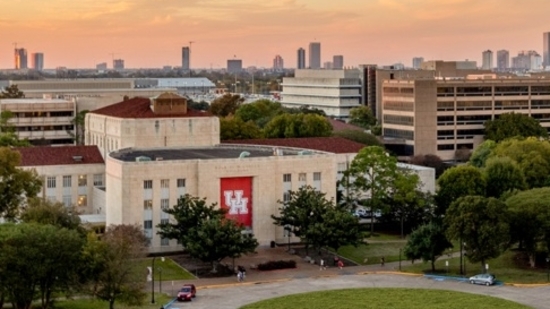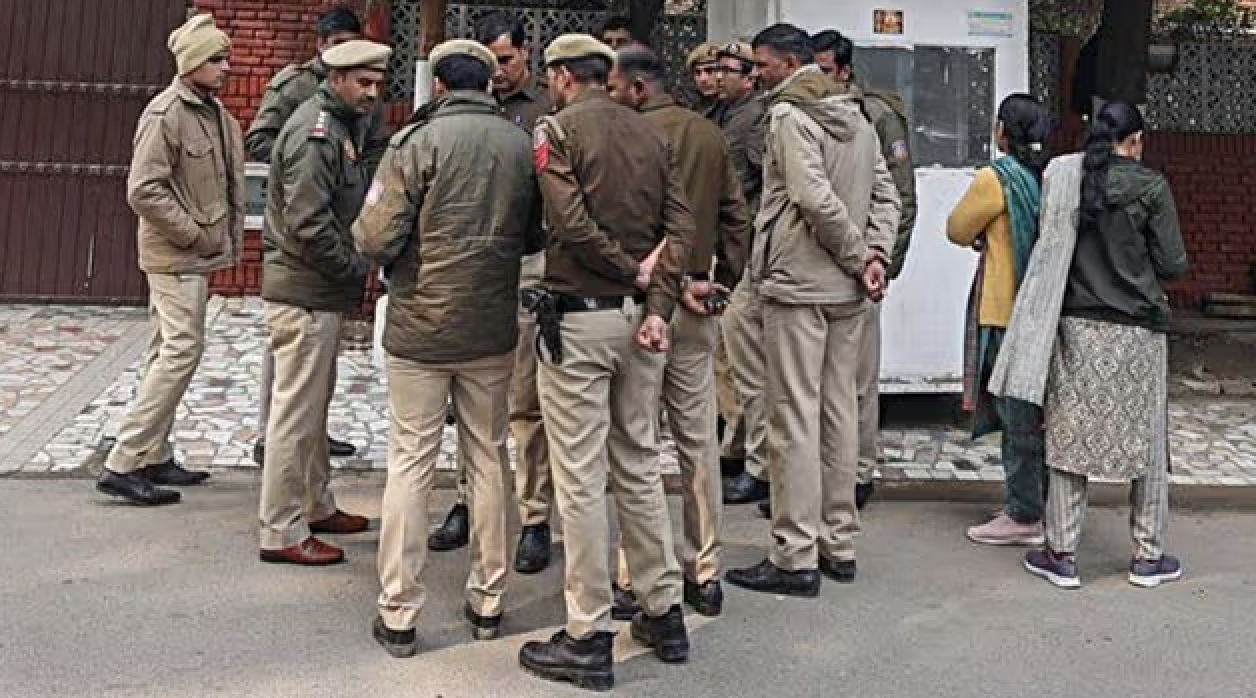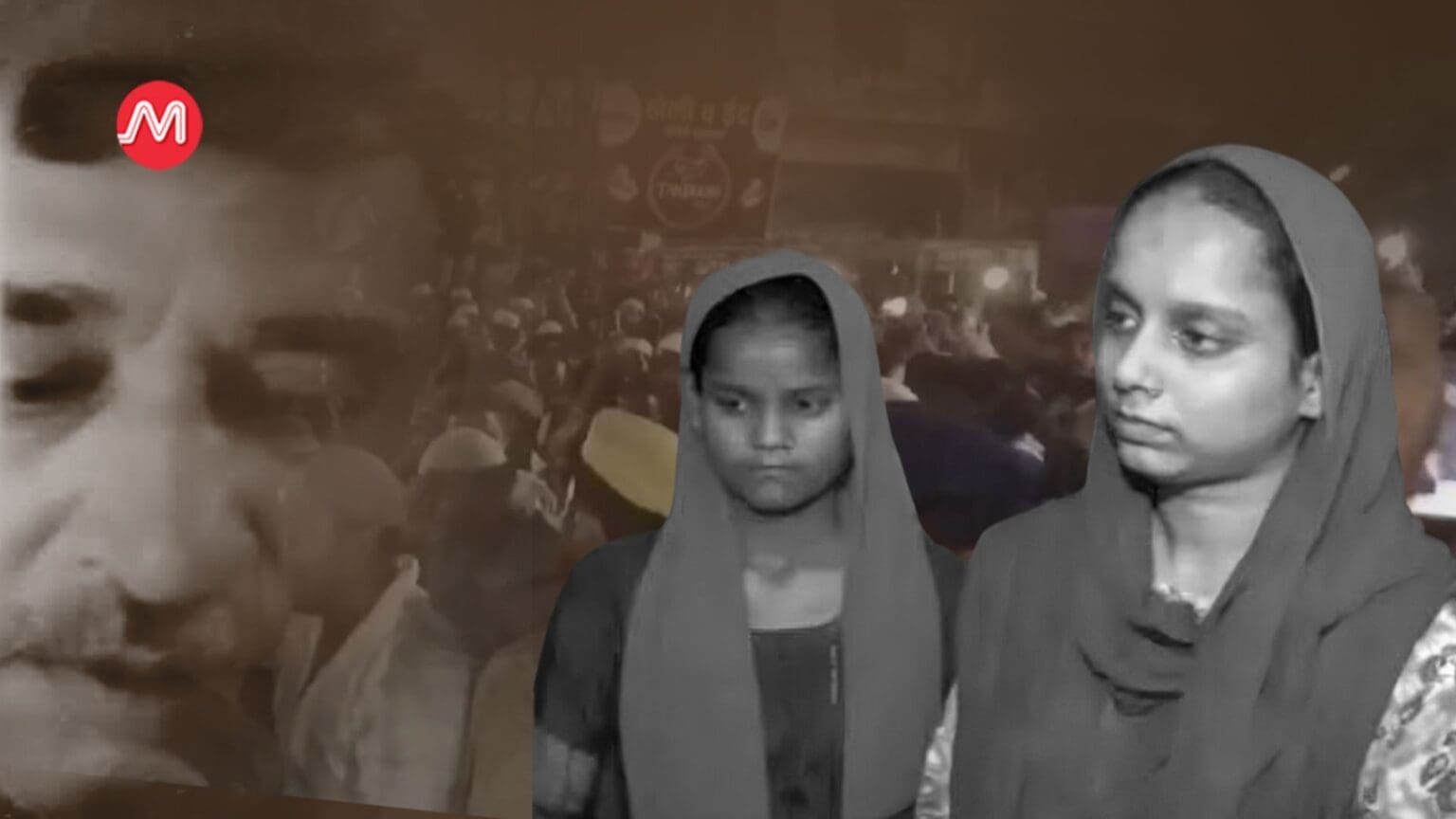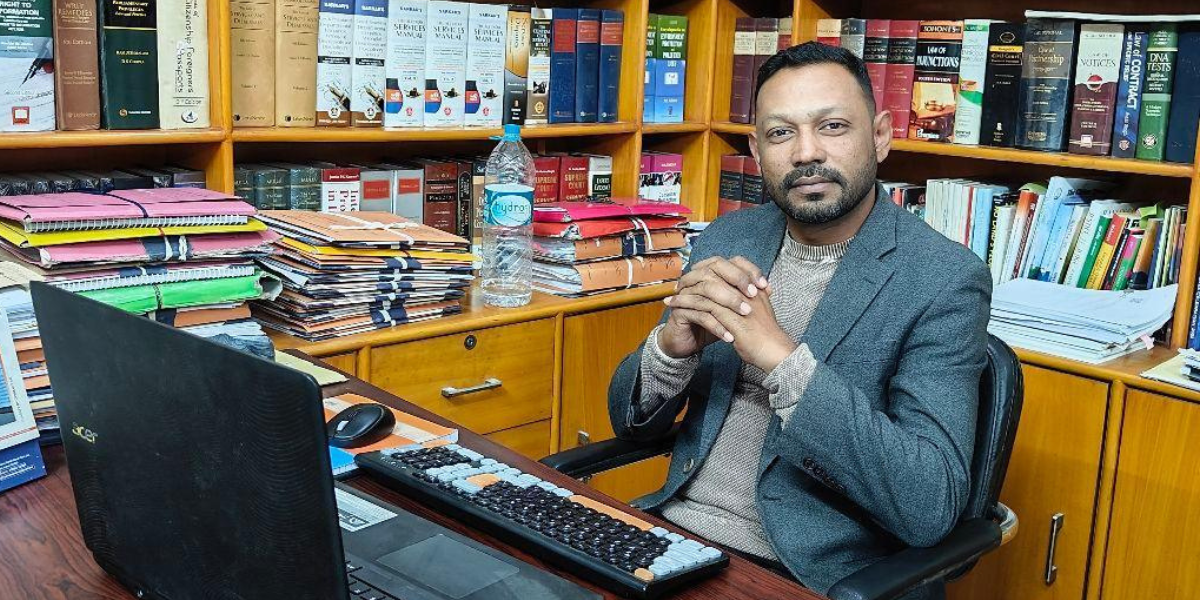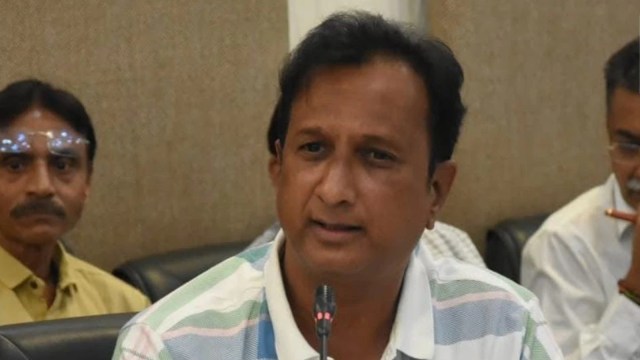
By Taniya Roy / The Wire
New Delhi: Thirty-year-old Wafa has learned over the years to always disclose that she wears a hijab when she applies for a job in order to avoid conflicts in the future.
Last year, Wafa had interviewed for a job in a public relations company. Everything had gone well: the selection process, the interview. There were even hints that she could receive an appointment letter. But when she finally disclosed that she wears a hijab, first there was silence, then a question.
“Will you be able to attend parties?” Wafa’s interviewer asked her. “It won’t look good for the business.”
Wafa never heard from the firm again.
Looking elsewhere for work, Wafa applied for a content-writing position with a firm that creates written content on Hinduism.
Her name did not stop the firm’s human resources personnel from calling her for an interview, but after Wafa said that she wears a hijab, the interviewer said he would get back to her after talking to his manager and she never heard from them again.
“This has happened quite a few times,” said Wafa. “My outer appearance is judged more than what is inside my head. It feels bad because I’m not judged on the basis of my qualifications. I’m being judged from the way I’m dressed.”
Wafa has learned that Indian society is selectively inclusive. “It [society] makes me feel I am different. People from other religions who wear visible religious symbols are not questioned. Sikh men, for example, wear turbans and so do a certain section of Sikh women. Hindus wear tilaks if they want to. But they are not asked to remove their religious symbols before they come to the office.”
Wearing a hijab was Wafa’s personal choice. Until she was in her third year of college, she showed off her long, silky hair. Her decision to wear a headscarf was based on comfort: the hijab keeps the sun off her head, neck and shoulders in the hot Delhi summer and ensures warmth in the winter. “It was a personal choice,” she reiterated. “Some friends and acquaintances tell me that I would look more beautiful without a hijab, but I have the right to wear what I like.”
Material bias
Not all Muslim women wear the hijab – the headscarf that covers the hair, neck and sometimes shoulders and chest. Nor do they necessarily wear the niqab, a face veil that leaves the eyes uncovered, or the burkha that covers the entire body from the top of the head to the feet, with only a mesh screen allowing the wearer to see in front of her, or the jilbab, a long, loose outer garment that covers the whole body and sometimes the head.
But somehow it is assumed that those who do wear these symbols of their faith are either forced into them against their will or have their faith so deeply ingrained in them that they may not be able to function as independent women in a modern world.
Just as bad, it is sometimes assumed that women who wear this attire are somehow worthy of suspicion, that they have something to hide.
These assumptions are often made by people unfamiliar with Islam. But when 26-year-old Aanya was in college some years ago, she had faced these suppositions even from a selection board comprising Muslims. And this happened not once, but twice.
In one instance, Aanya, the topper of her class at a law college under the University of Kashmir, was not permitted to represent her college at an event in Geneva because she wears a jilbab.
At first, she had no idea why she was not selected, since she was a good student, was confident about the event and had participated in several similar competitions before. But later, a professor confessed to her that she had been rejected because of her religious attire. Only ‘fashionable’ women had been selected for the Geneva event, indicating that they did not wear religious attire.
Even before this incident, the all-Muslim selection committee for an intra-college debating competition did not select her for the competition although they gave her a ‘trial’.
“Your speech was good, relevant, well-researched,” one of the committee members had told Aanya. “But I couldn’t see your facial expressions.”
Elsewhere, Aanya’s attire has made her an object of suspicion. On one occasion, a stall owner in Srinagar asked her to show him her hands because she had been wearing a burkha and he suspected that she had participated in a theft. In another incident when she was still in college, she was mistaken for a sex worker because she was in a burkha and waiting on the street for a friend.
Hate and hurt
The hijab Shifa wore caused her to change her profession from journalism to health counselling for the sake of safety. She feels safer working at her government job than being a visibly Muslim journalist in Delhi.
But Shifa, who has a bachelor’s degree in computer application from the University of Kashmir and a master’s in convergent journalism from the Central University of Kashmir, had not felt threatened when she worked outside the office as a reporter while she interned at a newswire in Delhi in 2014-15. Instead, the feeling that she was being targeted came from her colleagues at the office, because they frequently made hurtful remarks about her attire.
“Please remove your hijab,” a senior female colleague had told Shifa. Other senior colleagues too had suggested, “Why don’t you remove your headscarf?”
“They told me that people would be scared of me. I asked them: are you scared of me,” said Shifa. “They used to pinpoint things like that and I got very hurt. My dressing wasn’t very traditional. I wore jeans and a kurti, and then a headscarf. I feel safe wearing a headscarf. Nowadays I don’t wear scarf like that [a hijab]. But I still cover my head.”
Like Wafa, Shifa wonders why Hindu women in ghungats, Sikh men in turbans and Christians who cover their heads are seldom the subjects of petty discrimination. She can only blame the discrimination faced by Muslim women in their religious attire on misinformation about Islam.
“Half-knowledge is dangerous,” Shifa said. “No religion teaches hatred. And there are preachers who don’t know much about the other religions they comment on. They don’t even have full knowledge of their own religion; if they did, they would know that no religion teaches hatred.”
Unseen and unheard
Discrimination like this has existed for years, but the environment for Muslim women in religious attire began to feel more unsafe when the Bharatiya Janata Party (BJP) came to power in 2014.
In 2016, the Quint reported that the Delhi Public School in Kashmir’s Athawajan had asked a 29-year-old teacher to discontinue teaching at the school if she continued to wear an ‘abaya’. The teacher wore an abaya that covered her entire body, as well as a hijab.
In school, we were all taught that the Constitution of India guarantees equality of faith. Civics textbooks told us: “The Constitution of India ensures secularism. The Constitution provides the freedom to its people to practice, profess and propagate any religion, or not to follow any at all. It also prohibits discrimination on religious grounds and provides equal rights to all religions.”
However, since 2014 or even earlier, India has witnessed a rise in the number of hate speeches, hate crimes and instances of religious discrimination against Muslims.
In Udupi, Karnataka, right now, six students are not allowed entry into their college unless they take off their hijabs. One of them has moved the Karnataka high court, seeking a declaration that wearing a hijab is a fundamental right guaranteed under Articles 14 and 25 of the Constitution of India and is an essential practice of Islam.
When the case was heard on February 23, the Karnataka government told the high court that there is no restriction on wearing the hijab in India with reasonable restrictions subject to institutional discipline. It dismissed the charge that disallowing women from wearing the headscarf was a violation of Article 15 of the constitution, which prohibits discrimination of every sort. It further said that the hijab is not an essential religious practice.
Earlier on February 10, the Karnataka high court in its interim order had temporarily restrained students from wearing any religious attire like the hijab or saffron scarves in schools and colleges. Since then, many hijab-clad students have protested against not being allowed entry into college premises to write their exams. Many were even allegedly forced to remove their hijabs and burkhas before entering their schools.
But India is not the only country where the hijab and other religious attire of Muslim women leads to discrimination. In the West, such discrimination is common.
A Harvard Business Review study published in 2017 shed light on some of the biases that women who choose to wear a hijab may face on the job market.
For the study, HBR conducted an experiment in which they created three job applications for fictitious female candidates with identical qualifications. The experiment was held in Germany because job seekers in that country typically attach their photos with their resumes.
Two of the fictitious applicants had Turkish names, and one of them wore a headscarf. The third fictitious applicant was given a German name.
“I used a modern style of arranging the headscarf to signal that the applicant was a young, modern woman who could easily fit into a secular environment,” the author of the study wrote.
Around 1,500 applications from the three fictitious women were sent out in response to job advertisements. The applicant who wore a headscarf had to send 4.5 as many applications as the applicant with a German name to receive the same number of call backs for interviews. The applicant with a Turkish name but without a headscarf had to send 1.4 as many applications as the German applicant.
In India, the Narendra Modi-led Union government passed legislations that further marginalise Muslims, the largest minority community in India, constituting nearly 15% of the population. And with the falling labour participation rate of women due to patriarchal norms, Muslim women face the double disadvantage of being female and Muslim.
According to a study conducted by the Economic Times Intelligence Group in 2015, Muslims constituted approximately 2.7% of mid to senior executives in the private sector. As of April 2018, only 1.33% of officers in the central government holding the rank of joint secretary and above were found to be Muslims.
The lack of women leaders is even starker. And Indian Muslim women are practically invisible in the country’s workforce.
Cultural invisibility
In her previous workplace, an MNC that has a medium-sized office in India, Wafa observed very unusual behaviour in the celebration of festivals.
“At offices, people celebrate Diwali, Holi and Christmas by decorating the workplace. But on Eid, Muslims bring food from their home. It should be a two-way street,” she said.
Many organisations in the country do not include Eid in their list of religious holidays. Wafa’s brother who works in the same industry takes casual leave on Eid. “Many organisations get a list of 12 holidays to choose from, from which some firms exclude one Eid holiday while some exclude both Eid holidays. Technically, Eid is for three days and not one day,” said Wafa.
Wafa believes people form opinions about Muslims without even making an effort to understand their culture. “I used to organise celebrations for all the festivals at the office. I loved doing it. I organised Christmas celebrations, ‘Secret Santa’ gift-giving, Diwali. But no one ever wished me on Eid. They would only ask me to bring biryani from home,” she said.
She worked at this organisation for more than three years and not only were her religious festivals mostly ignored, but she was also forced to comment on the BJP and Hindu-Muslim relations in the country despite clearly conveying that she was not comfortable sharing her opinions at the time.
Eventually, she said: “As long as the BJP government works for all, it is fine. But that’s not what’s happening on the ground. The government is selectively inclusive.”
During the Shaheen Bagh protests against the Citizenship (Amendment) Act (CAA) and the National Register of Citizens (NRC), Shifa stayed at Saket’s Maidan Gali. It was the safest place to be at that time, she believed, even though the area was full of supporters of the CAA and NRC who chanted incendiary slogans, sometimes led by senior members of the saffron party.
“The environment in Delhi [during the protests] made me feel unsafe,” Shifa said. “I eagerly waited to go back to my hometown in Kashmir.”
This article first appeared on thewire.in


